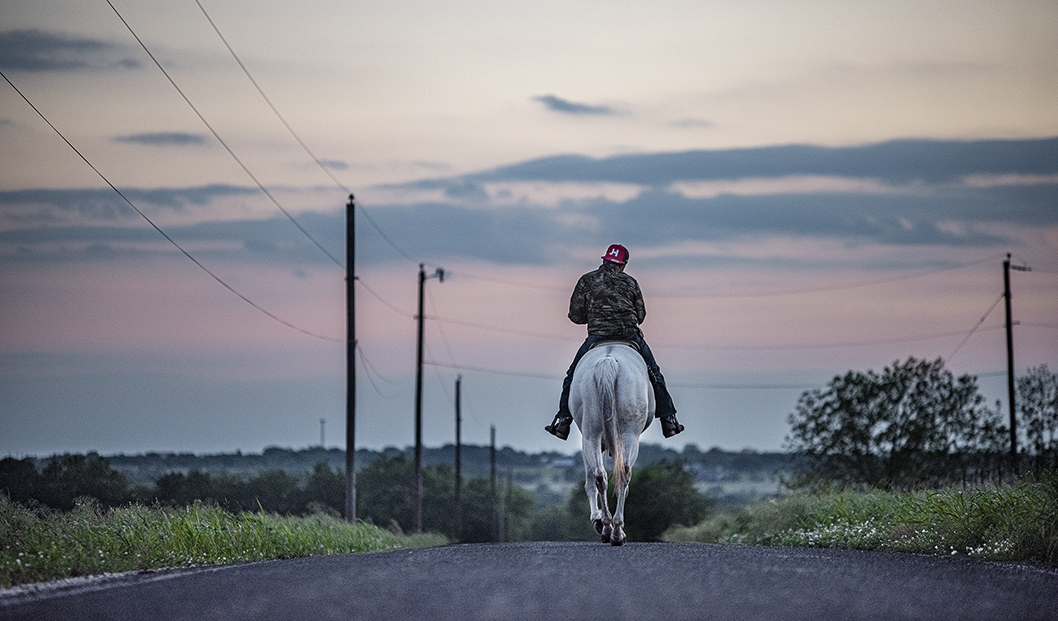Whenever the opportunity comes up, I spend time admiring the San Gabriel River that courses through Central Texas. Today marks the 50th anniversary of Earth Day. I could think of no better tribute to the planet than here. It was fun watching brothers enjoying a fishing trip with their family. And observing a cormorant in its element was particularly nice. Be kind to the planet, friends. 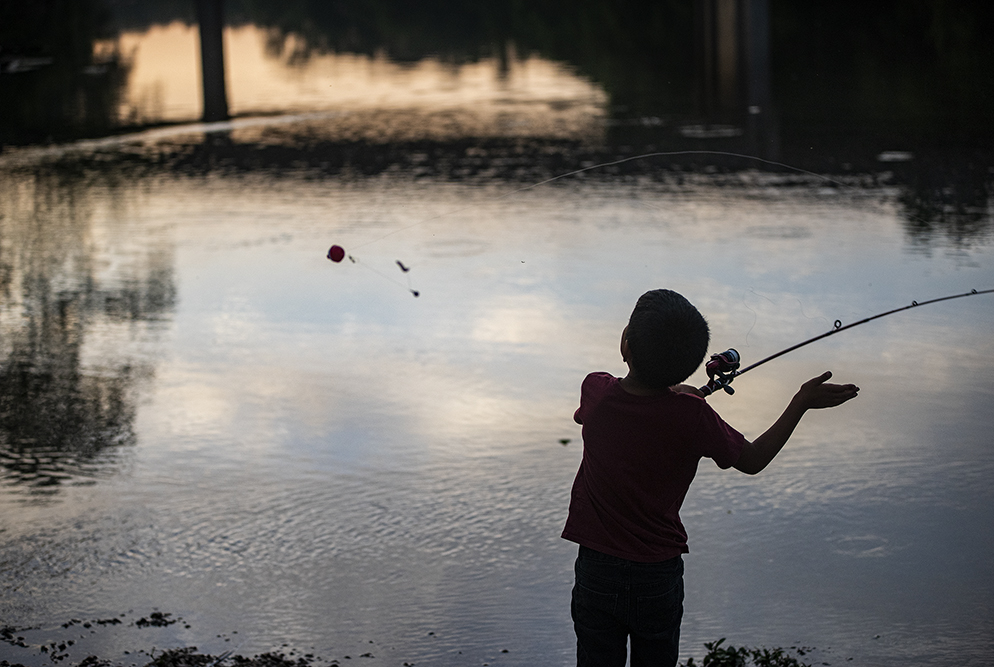
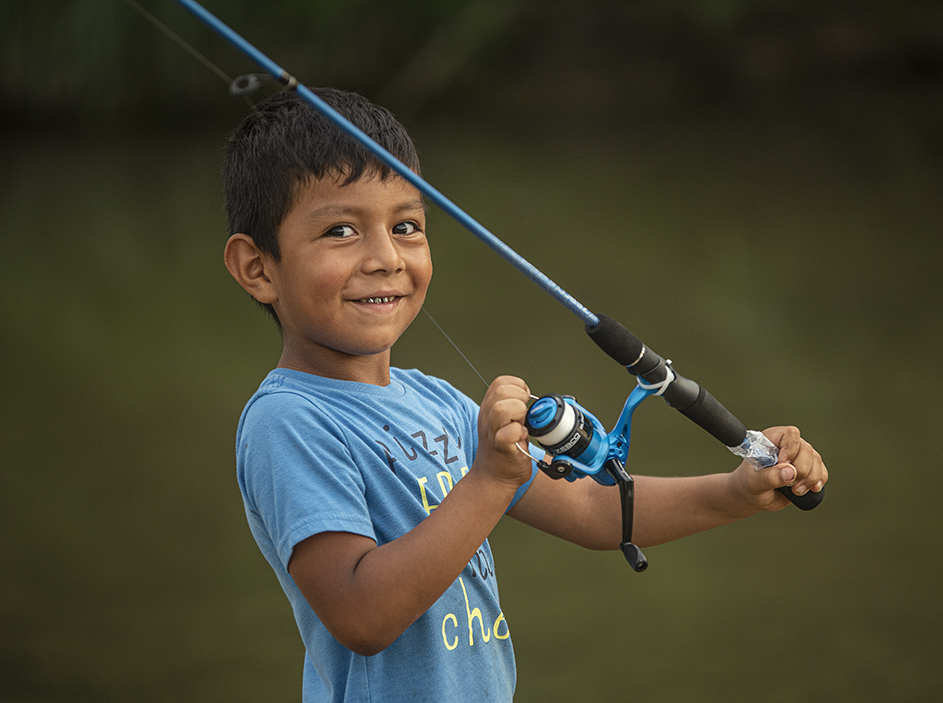


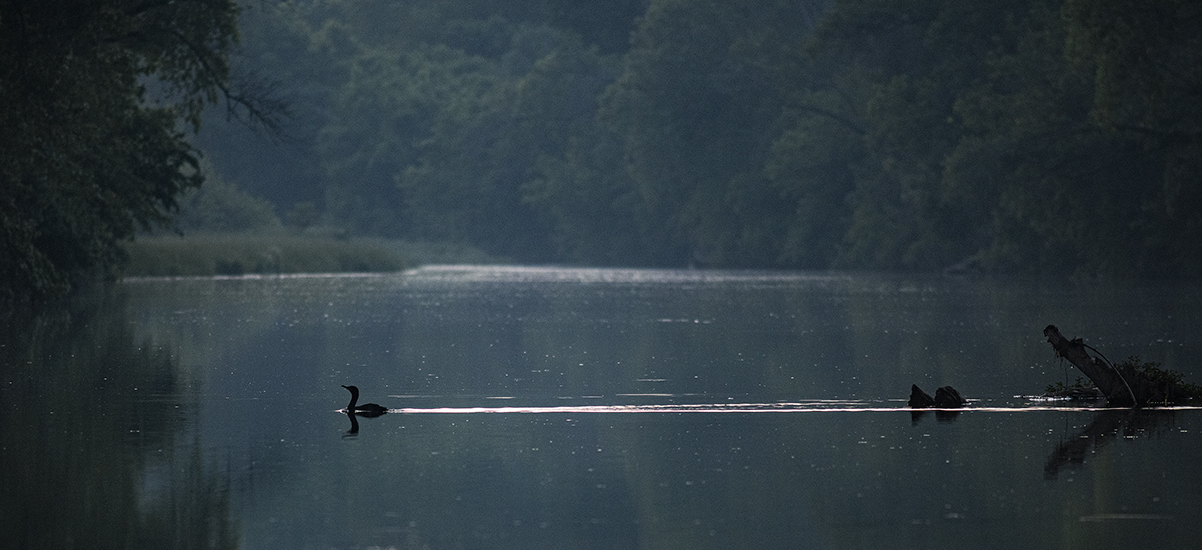
Category Archives: Uncategorized
Jody’s Roses
This morning, after getting the back yard mowed, a lot of rain fell in Taylor. My wife’s roses glistened. 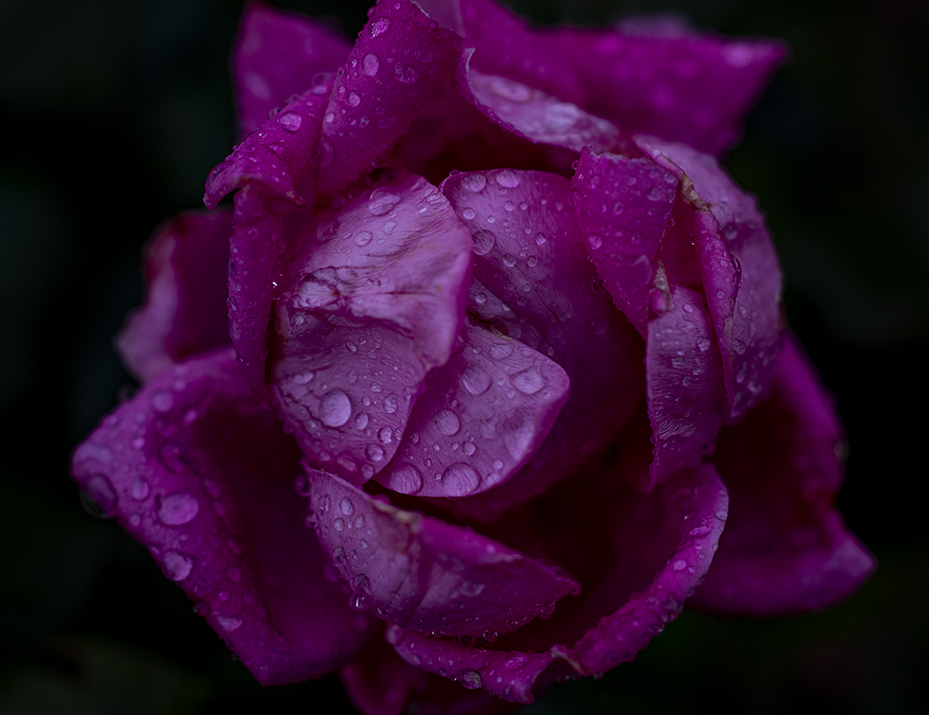
Day’s End and Day’s Beginning
Because it fits better in this layout, I’ll open with sunset over a wheat field in East Williamson County. That image was taken Monday evening. The second photo was taken in early-March, when I was in Coupland to take photos of photographer friend Todd Plybon. We arrived at our destination before sunrise. I’ve held onto the sunrise photo for a while, but it seems to pair well with the one taken last evening. There are times when you don’t have to point the camera directly at the sun to get the idea. 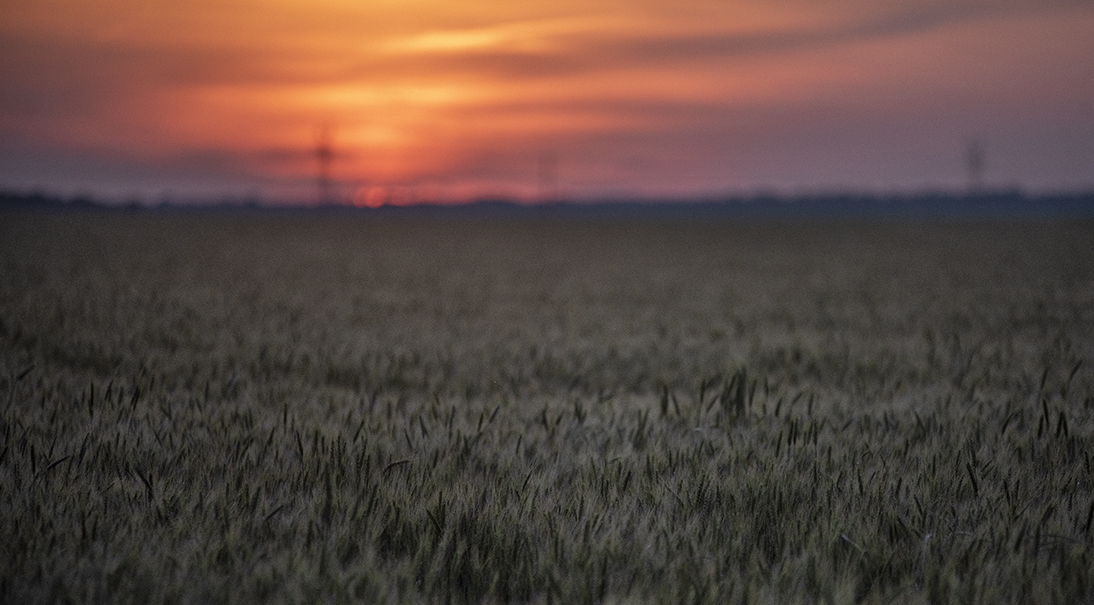
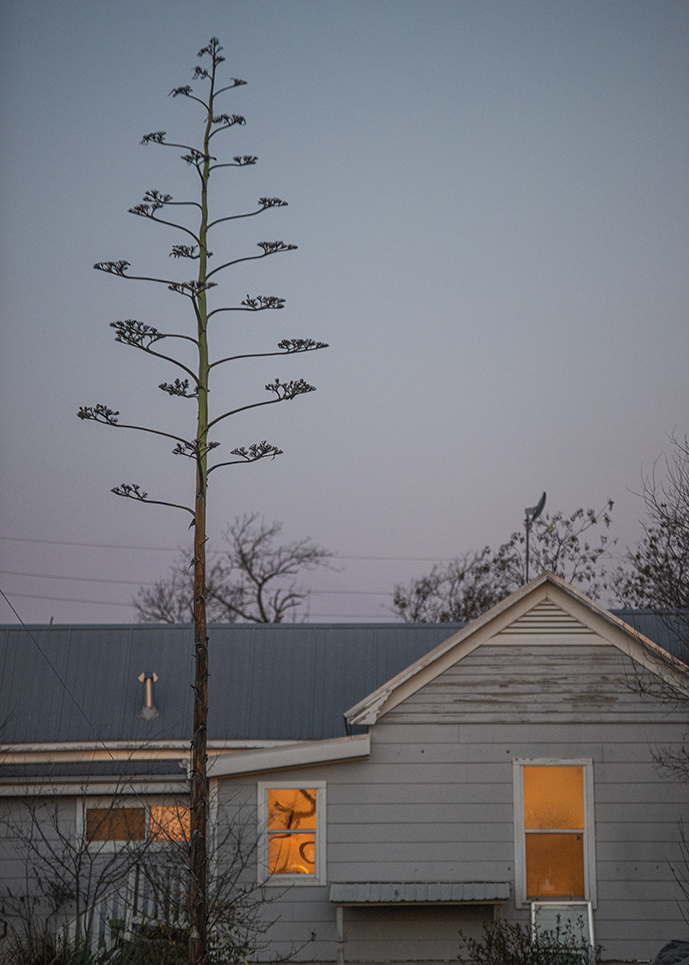
Clearing the Files … At Blue Hole
There are things I’ve photographed that have been sitting on my computer’s desktop for months. One of those is Blue Hole Lagoon, in Georgetown, Texas. Blue Hole is part of the San Gabriel River. The granite outcroppings here are magical. The “blue” seems to come after the sun goes down. 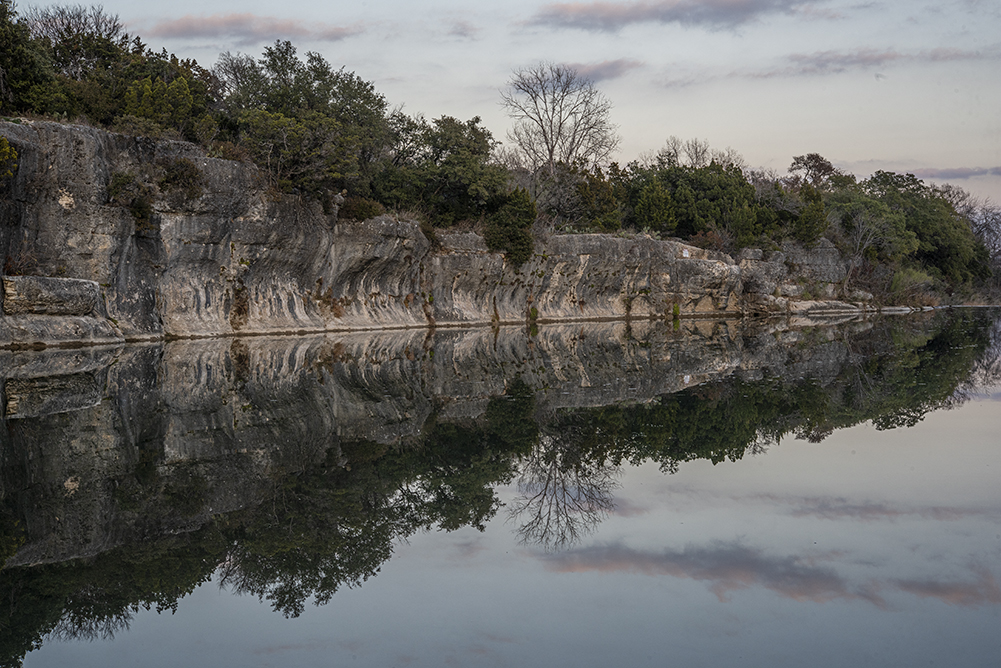
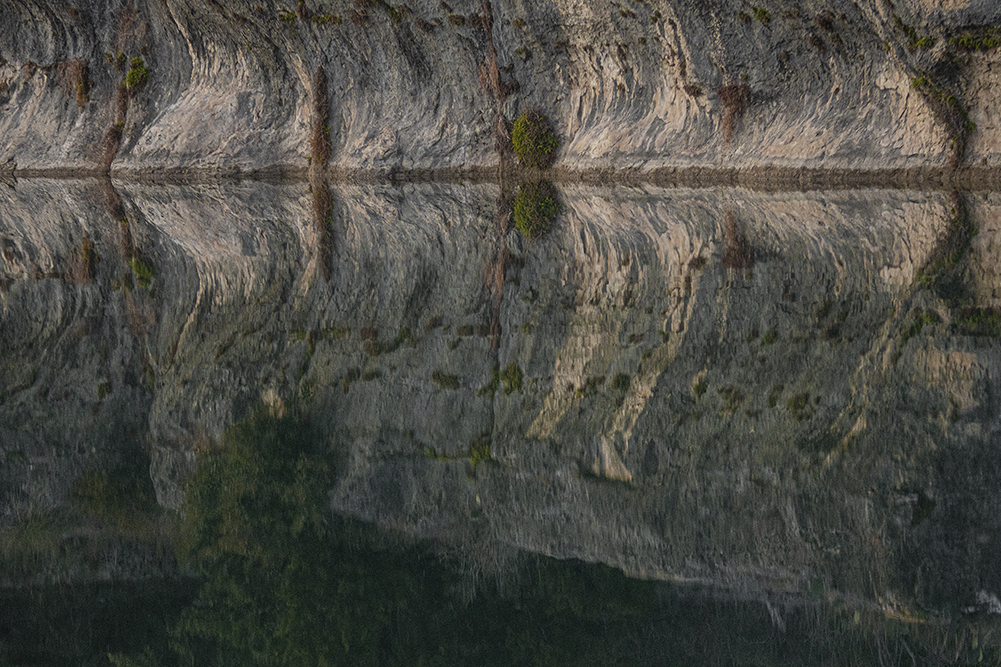
 These were taken in late-2019. I wasn’t sure anyone would be interested. So I let them sit there. Recently, the city of Georgetown, in response to COVID-19, closed Blue Hole. I get that. The area becomes extremely-crowded as temperatures rise. On the evening these photos were made, however, things were quiet. No crowds. Social distancing wasn’t needed. Nobody was there, anyway. Except a wandering photographer.
These were taken in late-2019. I wasn’t sure anyone would be interested. So I let them sit there. Recently, the city of Georgetown, in response to COVID-19, closed Blue Hole. I get that. The area becomes extremely-crowded as temperatures rise. On the evening these photos were made, however, things were quiet. No crowds. Social distancing wasn’t needed. Nobody was there, anyway. Except a wandering photographer.
Morning Fog at the Rookery
After running an errand this morning, I was compelled to take in the fog enveloping the rookery at Murphy Park. It was a short, but pleasant interlude to an otherwise stressful week. 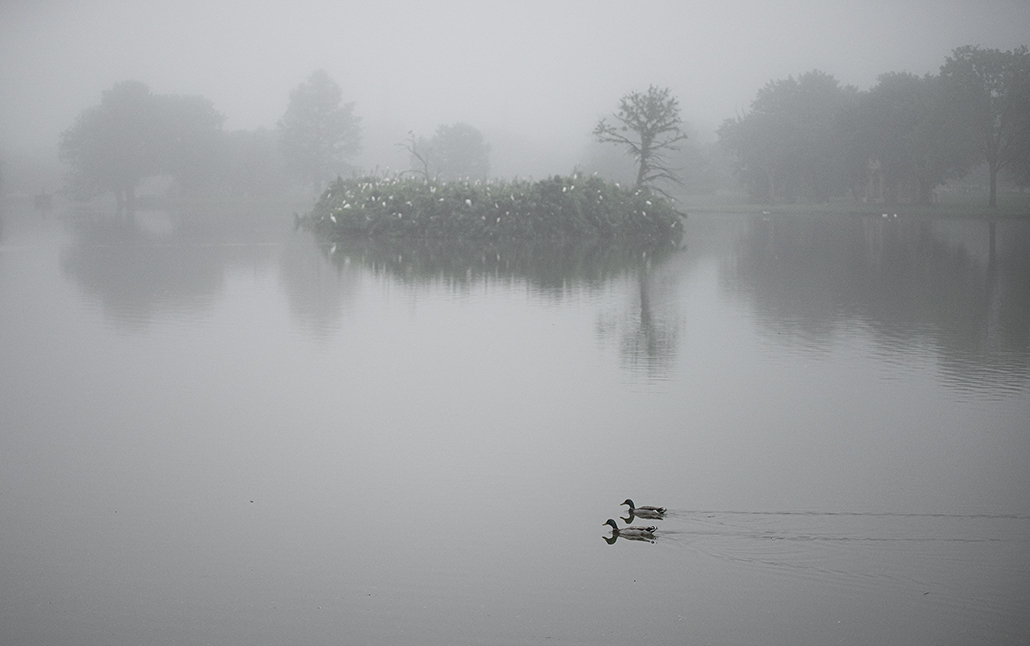





Shepherd’s Heart
This morning I started the day with some photos close to home, at Shepherd’s Heart Food Pantry and Community Ministries. For many years, the pantry has provided food to those in need, not just in Taylor. They partner with the Taylor Ministerial Alliance and Central Texas Food Bank. I was happy to see that the current pandemic hasn’t put a stop to their assistance. Volunteers come ready to work, all wearing face masks and protective gloves. The group distributes food to individuals and families three days a week. On Tuesdays and Thursdays, it’s from 1-3p.m. On Saturdays, it goes from 9-10:30am. Nobody is turned away. In fact, after their time had expired this morning, a lady (in the last photo) stopped by, asking if she could still receive help, only just discharged from a hospital stay. Shepherd’s Heart saw to her needs. That is compassion, friends. 
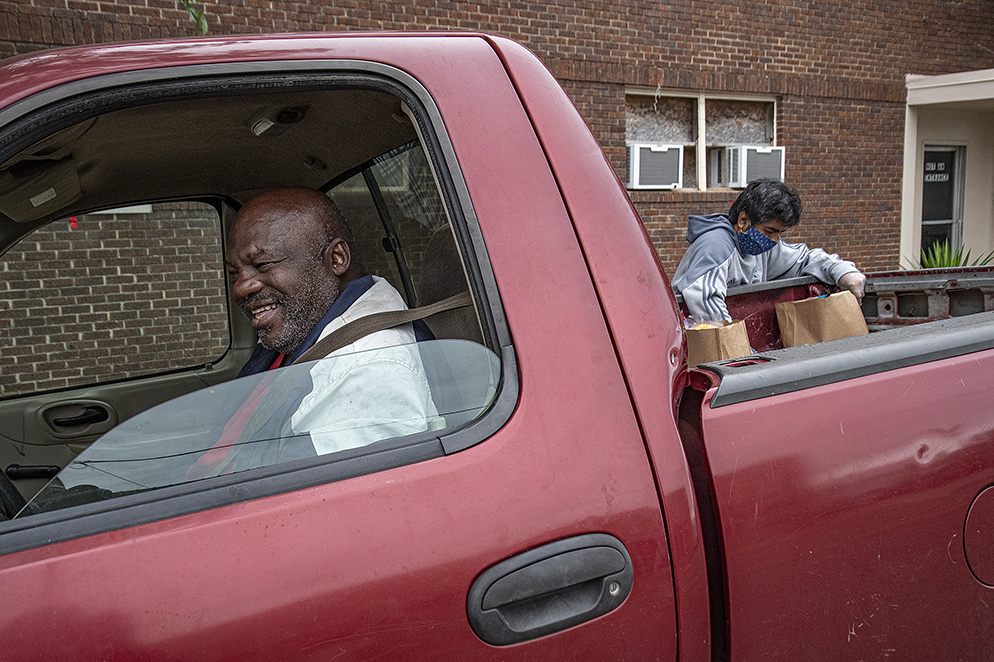


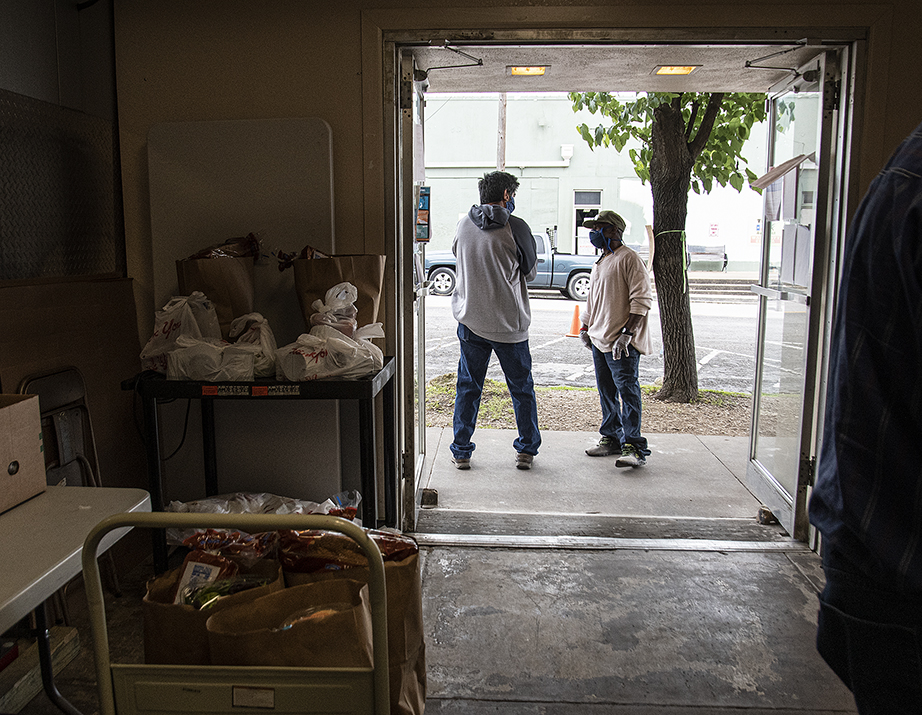

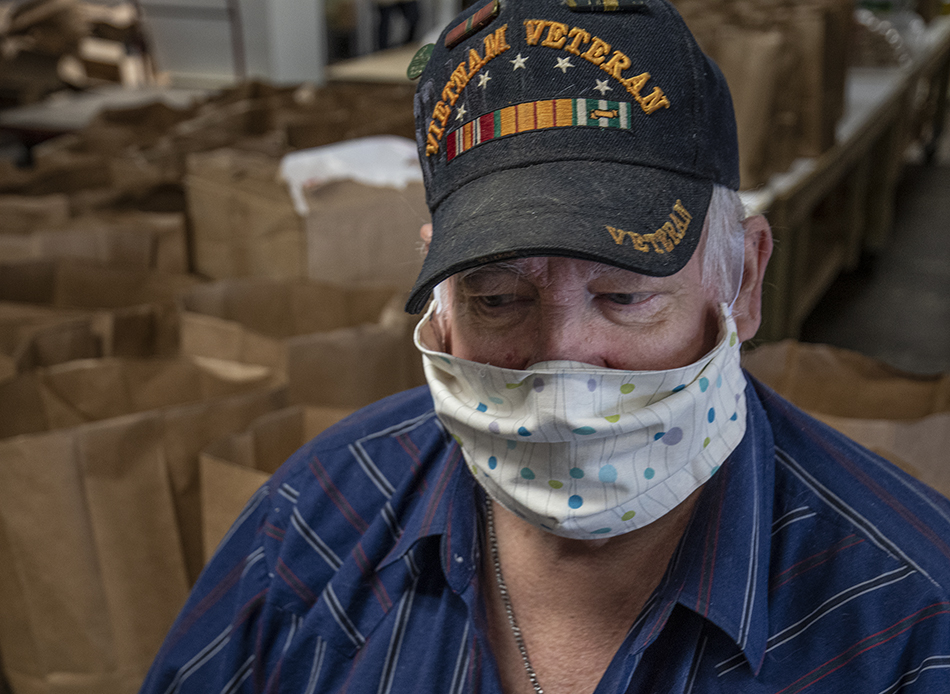
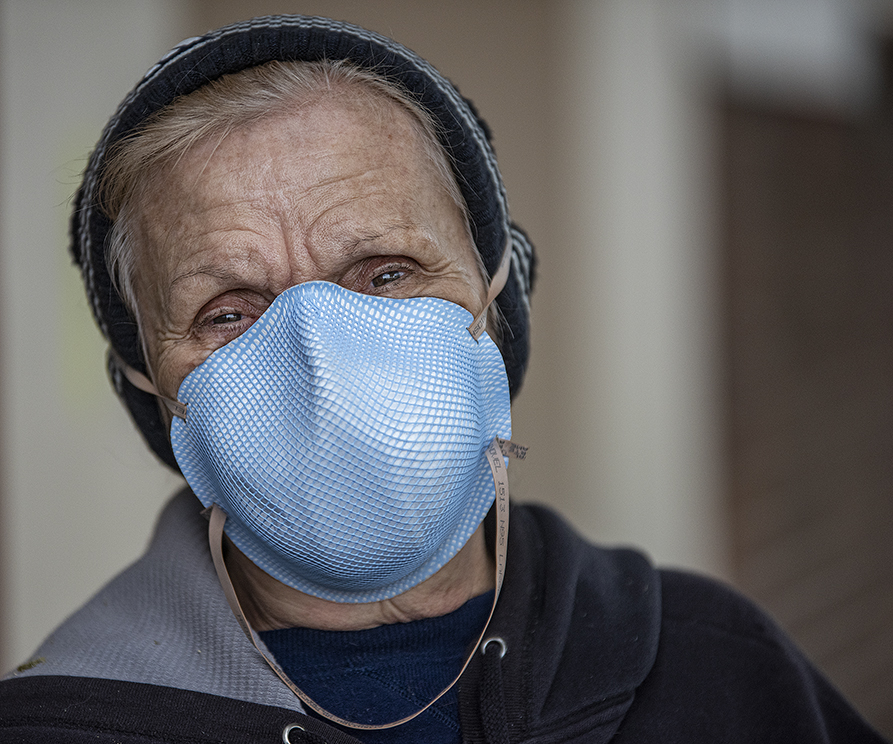
Big Bird Watching
While there’s no way to know, I’d swear this Great Blue Heron is the same one I’ve seen for a few years at Georgetown’s Berry Springs Park & Preserve. Most of the time, when she spots my camera, she hightails it for other venues. This week, however, she was intent on locating a fish, seemingly ignoring my presence, hunkering down to the task at hand. She finally gave up, turned my way and gave me a few seconds of stink eye before once again taking her leave. She’s a pretty lady. At least I think she’s a girl!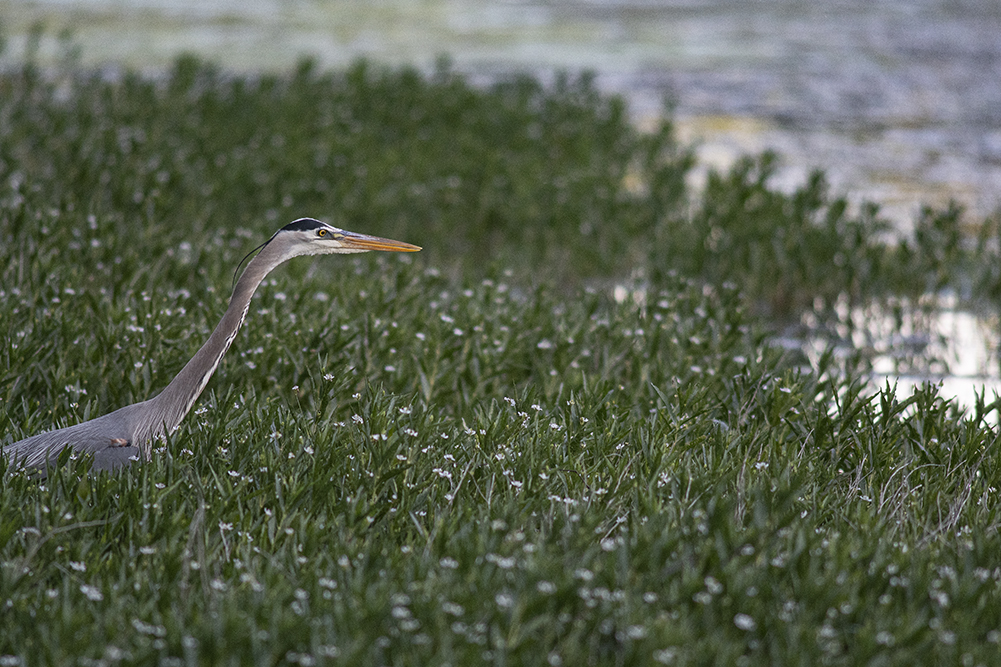
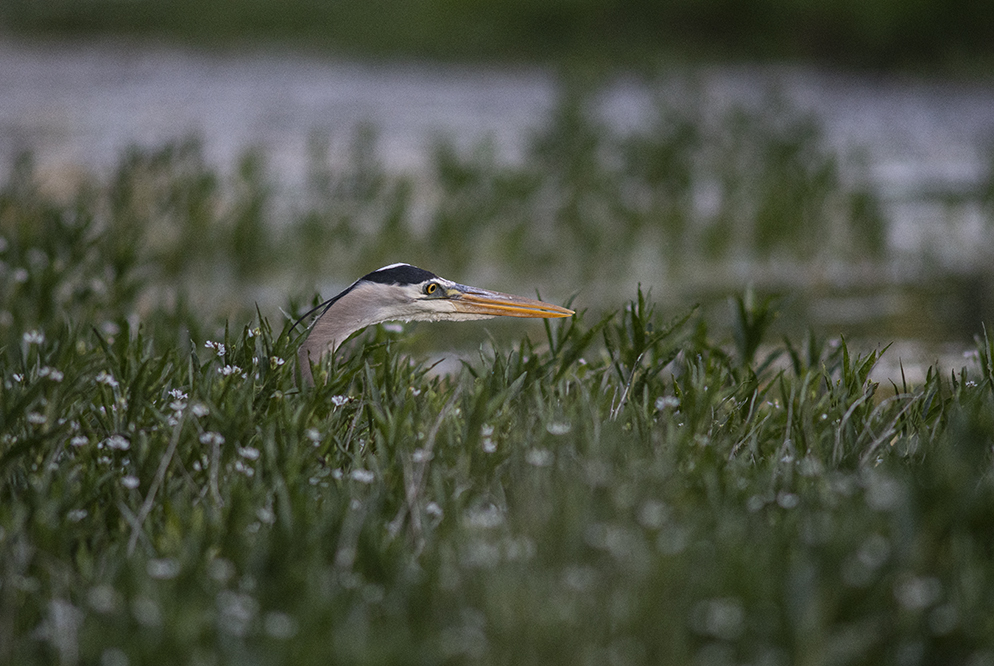
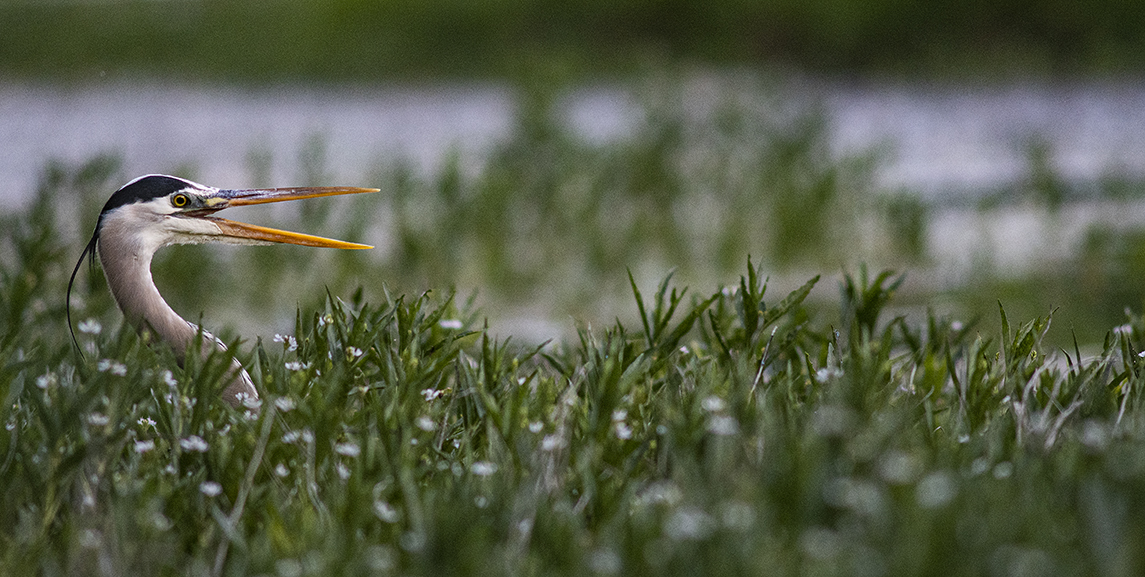
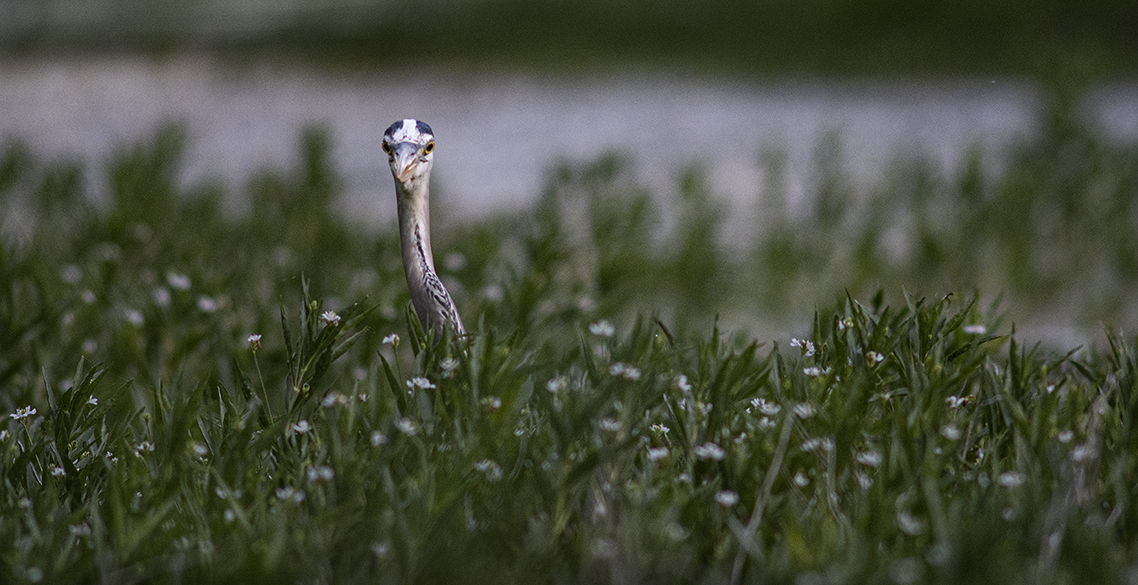

The Scarcity of Water
Recent stories have focused on the impact of the coronavirus on remote areas where water is a precious resource, specifically Native American lands. It made me think back to these photos from 1986, when Atlanta Journal & Constitution writer Ron Martz and I traveled to the Navajo and Hopi reservations in Northern Arizona. Although the story focused on the ongoing Navajo-Hopi land dispute, one couldn’t help but notice the remoteness of this vast area. Most families were without running water, toting it in via 55-gallon drums. The Navajo man in the opening photo was comfortable in his traditional hogan dwelling, but getting water there was a trial. The same was true for other families shown here. Today’s stories tell us water continues to be a vital issue here. With the increasing need for hand-washing and other hygiene, I hope indigenous people aren’t swept out of sight again. 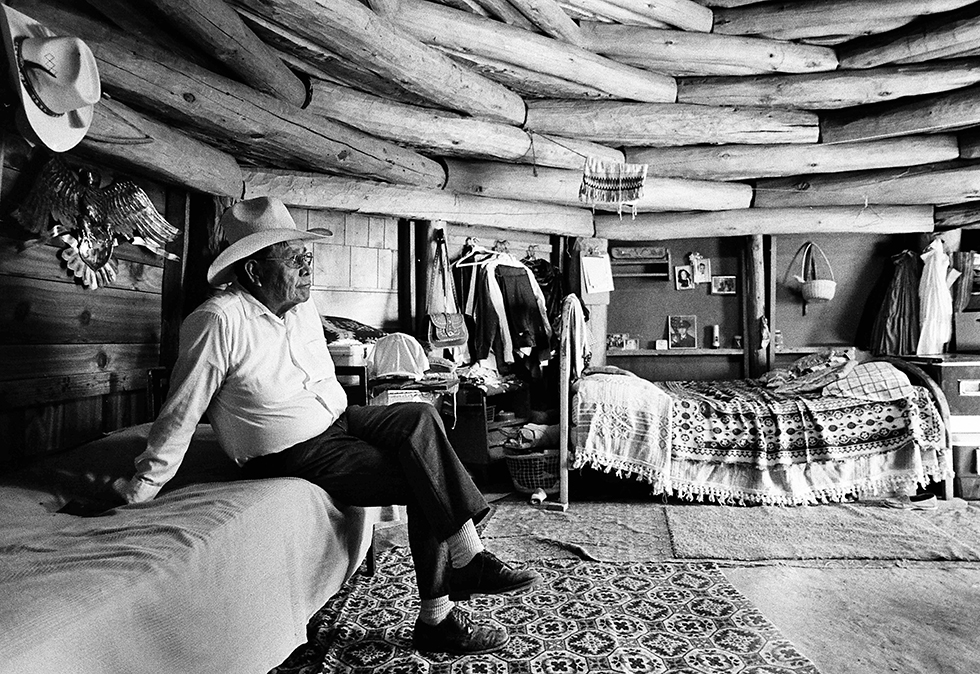
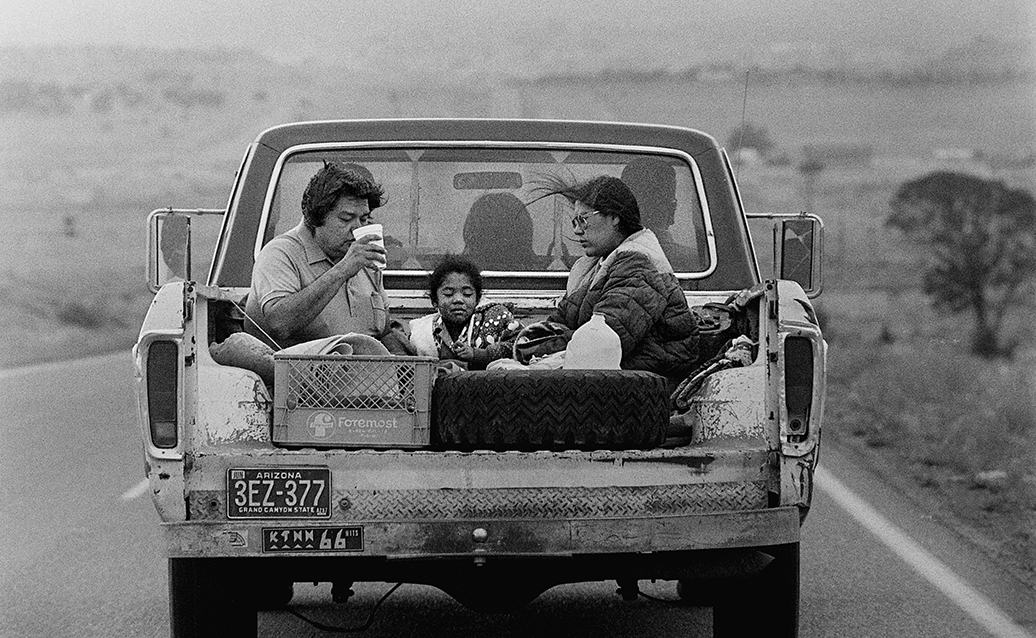

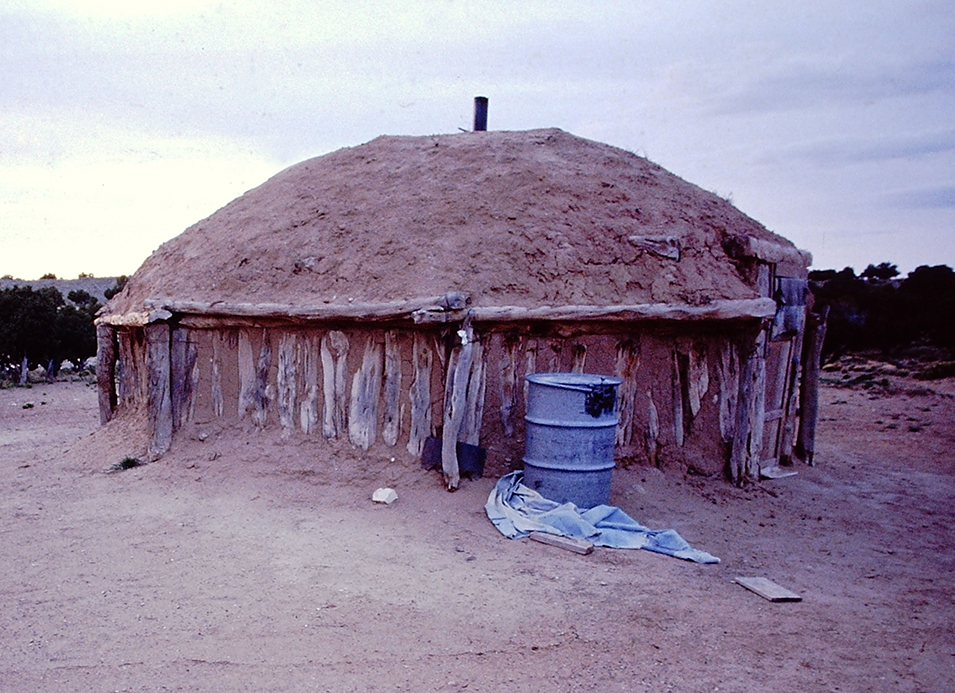
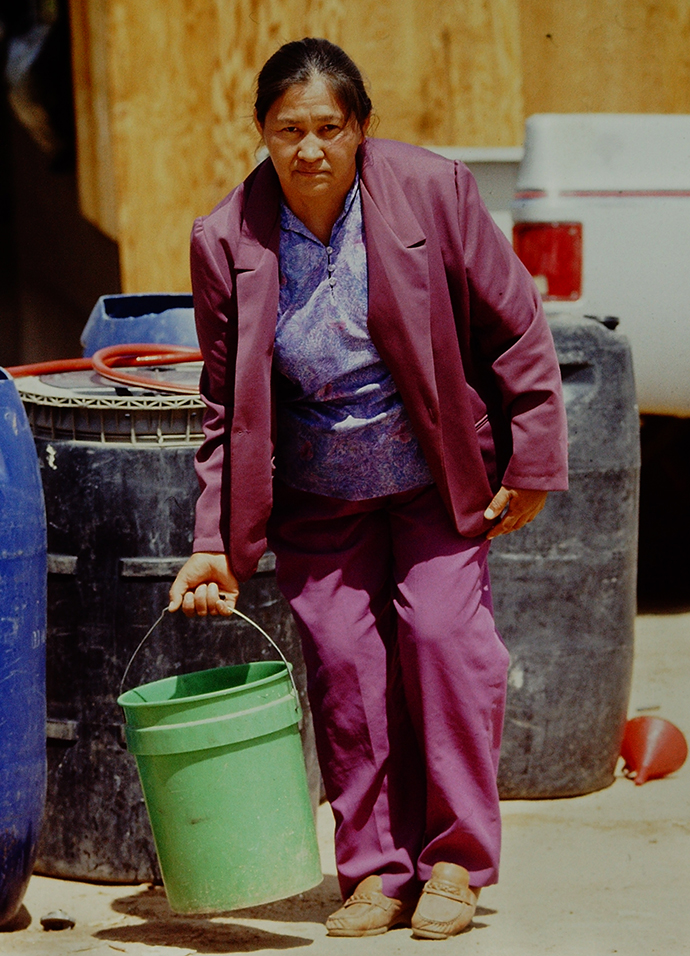
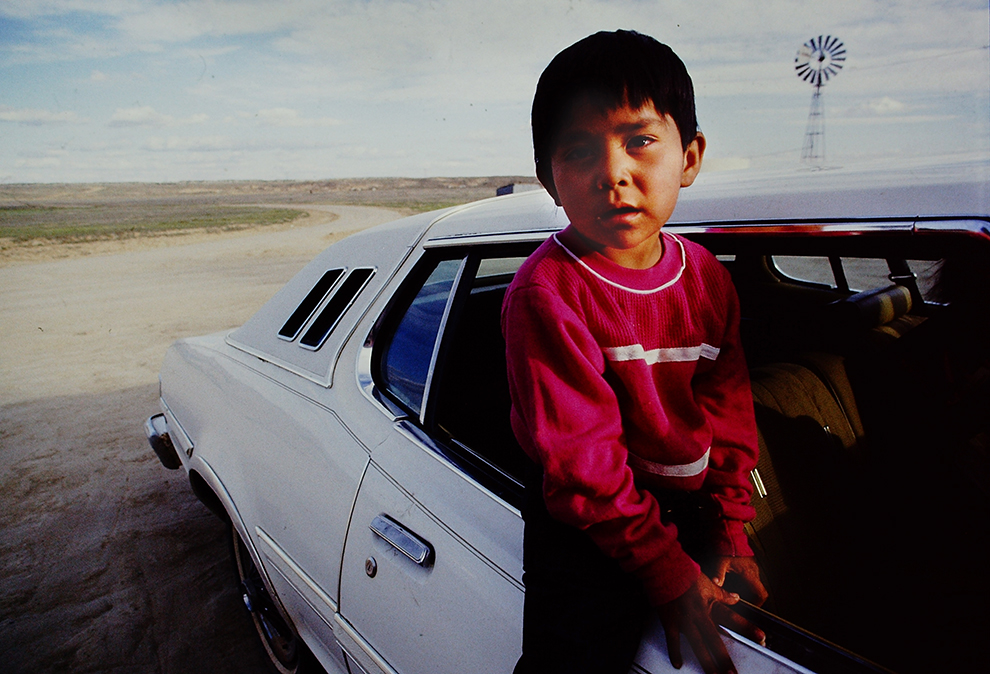 1986, when Atlanta Journal & Constitution writer Ron Martz and I traveled to the Navajo reservation in Northern Arizona. That story dealt with the ongoing Hopi/Navajo land dispute which had been going on for many decades. What I noticed, however, was just how remote this area was. Navajos were living in places where water had to be brought in via truck in 55-gallon barrels. Some, like the man in the opening photo, lived far from anything, mostly comfortable in a traditional hogan, a structure made of wood and soil. Current stories tell us water is still hard to come by when we’re in a time when hand-washing is even more important. I sincerely hope America’s indigenous population isn’t forgotten as we face the current pandemic.
1986, when Atlanta Journal & Constitution writer Ron Martz and I traveled to the Navajo reservation in Northern Arizona. That story dealt with the ongoing Hopi/Navajo land dispute which had been going on for many decades. What I noticed, however, was just how remote this area was. Navajos were living in places where water had to be brought in via truck in 55-gallon barrels. Some, like the man in the opening photo, lived far from anything, mostly comfortable in a traditional hogan, a structure made of wood and soil. Current stories tell us water is still hard to come by when we’re in a time when hand-washing is even more important. I sincerely hope America’s indigenous population isn’t forgotten as we face the current pandemic.
Prairie Serenity
Just a simple scene from the far reaches of East Williamson County, Texas tonight, friends. I’ve passed this pond quite a few times over the years, but this time it was worth a second look. If you’re looking at this on a larger screen, you may notice the church in the far distance at upper left, Zion Lutheran Church, in the Sandoval community, very close to the Milam County line. 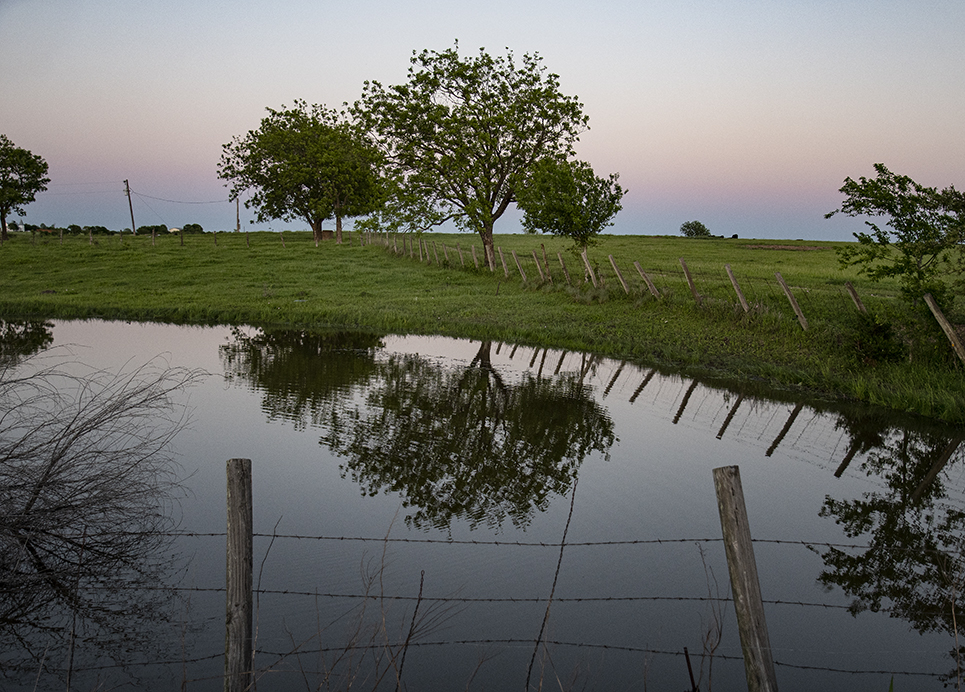
Into the Sunset
The wandering this evening wasn’t working out so well, but as I got ready to head on home to Taylor, I saw this peaceful scene, a rider and his horse called La Mora, riding into the sunset on a cool Georgetown, Texas night. 